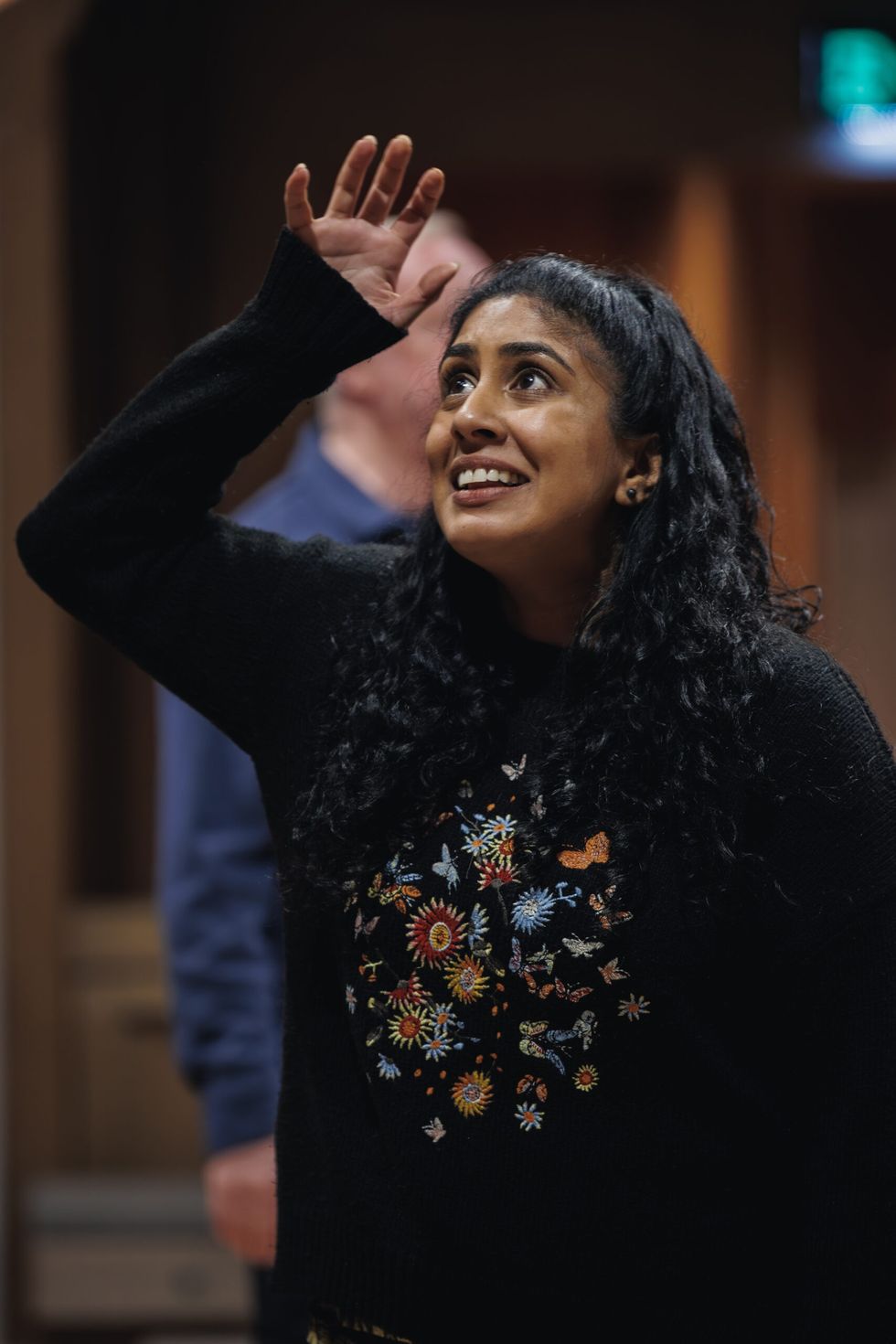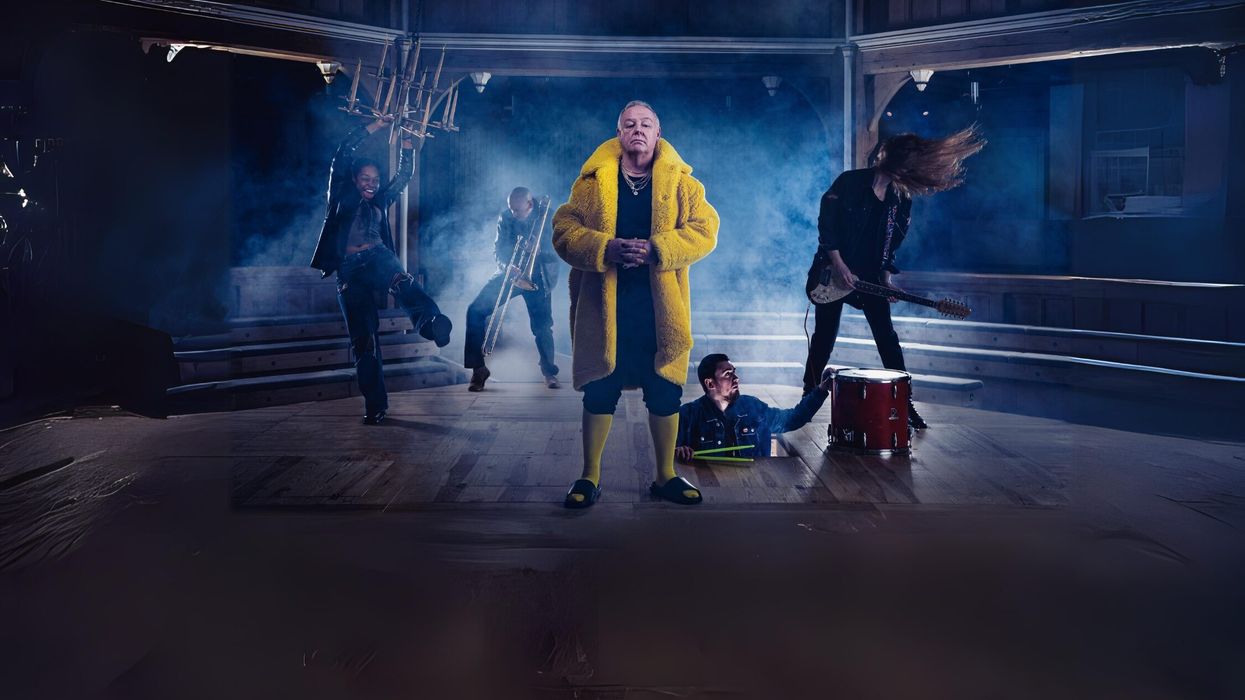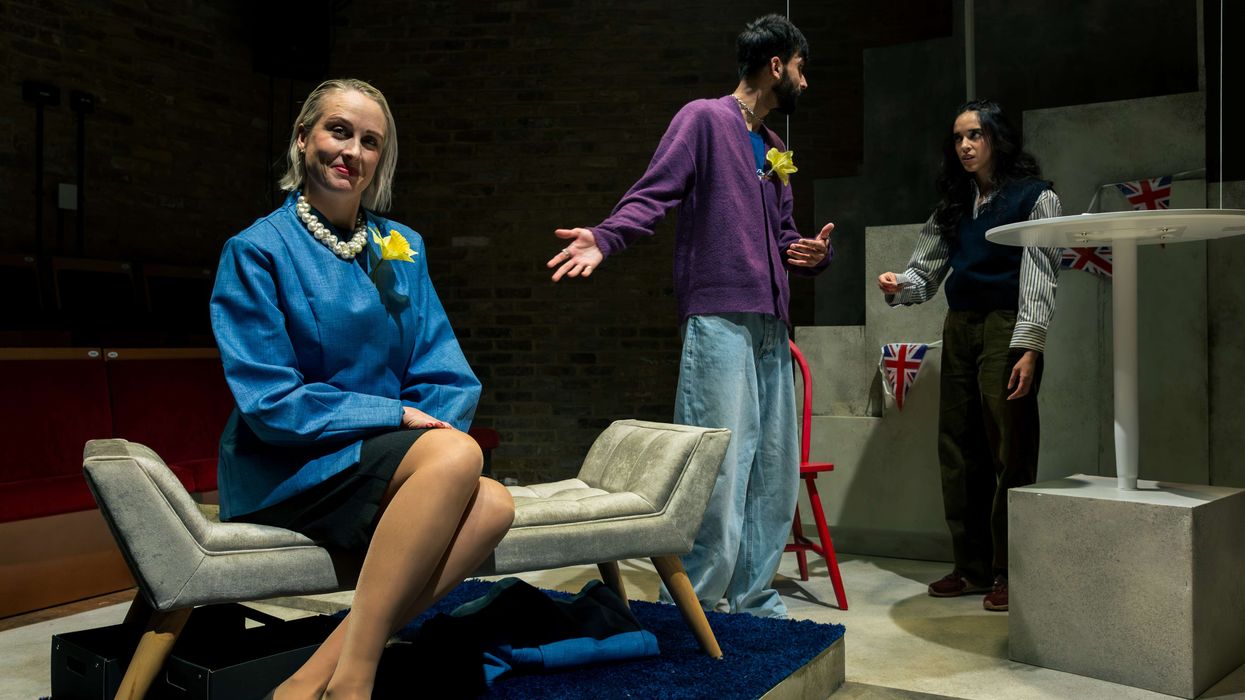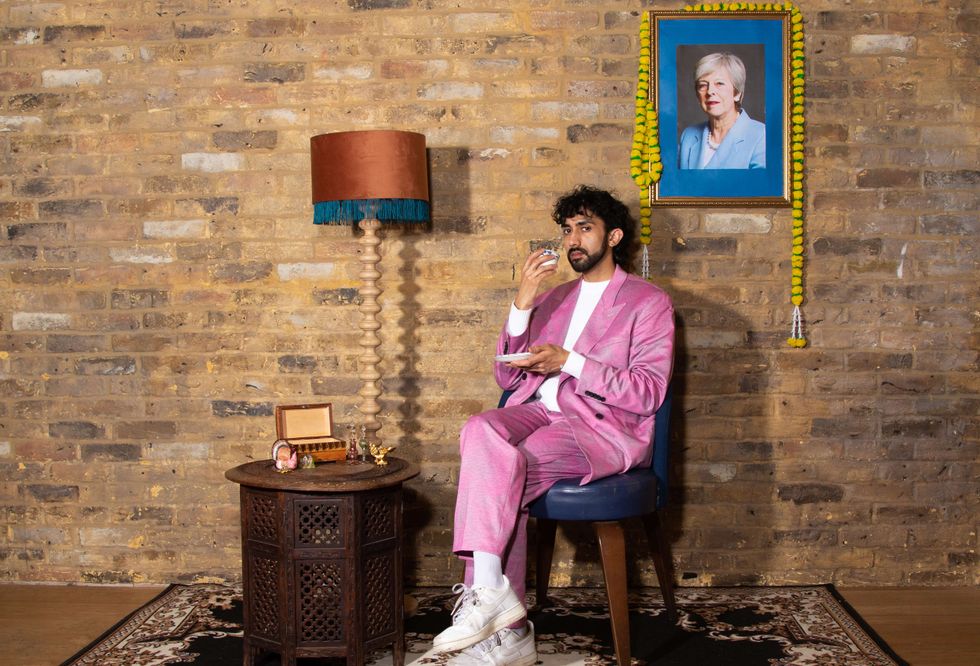REPRESENTATION of minority artists in the UK theatre scene has been increasing, but there is still room for improvement, said British Asian actor Purvi Parmar.
Parmar, who has been part of the theatre scene for the past decade, stated that there needs to be greater exposure of theatre in the south Asian community, as not many consider it a valid career path. Parmar plays Olivia in the upcoming play, Twelfth Night.
A bold new rendition of William Shakespeare’s timeless comedy will be playing at Shakespeare North Playhouse in Prescot from next Friday (7). The team behind the play describe it as a “raucous celebration of unrequited love and mistaken identities, set against the backdrop of the music scene”. Parmar stars alongside TV legend Les Dennis, who will play Malvolio in the show.
“Minority representation in the UK art scene is so much better now than it was when I was younger. But I feel there needs to be more representation, and I want to be part of that,” Parmar told Eastern Eye.
“When I was younger, I never saw people who looked like me on stage and very rarely on screen as well. I remember the first time I saw Goodness Gracious Me with a majority Asian cast, thinking it is possible and we can do this and I want to be part of that,” she added.
Parmar revealed that her parents helped her embrace her love of the arts. “When I was younger, my parents wanted me to be involved in all sorts of extracurricular activities. I played sport, went to dance classes, and did music classes. I enjoyed dance, music, and singing. I think I was six when I first went to dance school, where I took ballet, tap, and modern dance classes,” she said.
“During this time, I discovered my love for dancing, and performing. From there, my passion grew, and I began exploring music and singing when I was about 10. This quickly evolved into a pursuit where I could combine all these interests – dancing, acting, and singing.”
She added, “My parents found a local amateur drama group. I used to go there on Fridays and Saturdays and participate in drama classes. I went to a drama group in Moseley and also went to a drama group in Oldham called Oldham Theatre Workshop. From there, I really found a love for it. From 12 years onwards, I was fully into it. When I graduated from high school, I decided I wanted to train as an actor. I wanted to do drama or musical theatre courses. For any sort of performance degree, you must go through an audition process. Eventually, I got admission at Pace University School of Performing Arts, NYC.”
Parmar finished her studies in 2011 and started working in the US after that. She returned to the UK in 2015 and has since been involved in TV, radio, theatre, and voice-over work. Her past theatre works include The Book Thief, Cinderella, Around the World in 80 Days, Alice in Wonderland, and The Jungle Book. Additionally, she has been involved in radio shows such as The Beatboxer, Trust, and Bat Girls (BBC Radio 4).
Parmar revealed that it took two months for her to land the role in Twelfth Night, starting from the audition. Now, she is rehearsing for the show and preparing to bring her character to life. “Olivia is a famous singer, and the play takes place during festival season. We follow Olivia and another artist called Orsino as they navigate the festival circuit. Olivia, being a famous singer, has everything at her beck and call. No one ever says no to her; she gets whatever she wants until she meets a servant for Orsino, who is the first person to say no to her. The play explores how Olivia deals with that and what she does in response,” she detailed her role in the show.

“I auditioned for it. The first round of auditions was a big group audition where we did a bit of everything: dancing, text work, and a music workshop that involved singing and playing instruments. After that, I had a callback, where they called me in for a specific role.
I did some singing and worked on a scene from the show, and that’s how I ended up with the role.” When asked about the experience of working with Dennis, the young artist said it was a great learning experience. “It’s always great when you work with people who have big names. You’re always slightly nervous because they have such amazing industry experience and have been around for so long. But Les is fantastic. He is a lovely person to work with,” she said.
“Les and I have a couple of scenes together because, in our version of the story, I’m the singer, and he plays my tour manager. So, we have a close relationship in the play. It’s been lovely because we have had to chat about our characters’ relationship, backstories, and all of that. Working with Les, who has such a wealth of experience in the industry, is fantastic.”
“It is great to be able to bounce ideas off him and benefit from his extensive knowledge and experience. It’s fantastic to learn from everything he’s done throughout his career,” she added.
Joining Dennis and Parmar will be Louise Haggerty, Tom Sturgess, Reuben Johnson, Jack Brown, Georgia Frost, and Kate James. A joint production by Not Too Tame and Shakespeare North Playhouse, the play is directed by Jimmy Fairhurst, who has given this classic comedy a contemporary revamp with a dose of riffs, ruffs, and riotous partying.
According to Parmar, the contemporary adaptation of the play is unique in many ways. She said, “I think what is unique about this show is that it has so many elements. When people hear ‘Shakespeare,’ they often think it is not for them – they won’t understand it, or it’s too stuffy and inaccessible. But with our version of Twelfth Night, we have really brought it up to date by setting it within the music industry.”
“Everyone has some experience with the music industry, whether as a fan of a certain artist or simply by listening to music regularly. We’ve incorporated elements that are very accessible to people. We all speak in our own accents – I’m from Manchester, so I don’t have a posh southern accent. Audience members from the north will hear people who sound like them on stage, which is brilliant and makes the play much more accessible. It is raucous, fun, and a good time that we’re bringing to the stage,” she said.






 Vivek Nityananda
Vivek Nityananda  Taraash Mehrotra as Nikhil
Taraash Mehrotra as Nikhil






